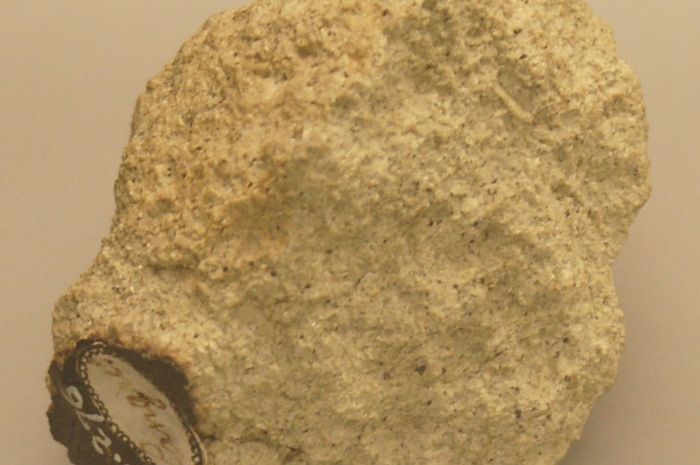Wikimedia Commons
–
The Chassigny Meteorite. The basic assumption about planet formation, is that the first planets collect these volatiles from nebulae around young stars. The results turned out to be contrary to current thinking about how rocky planets like Earth and Mars when formed.
–
Nationalgeographic.co.id—New study from scientists at the University of California-Davis studying old meteorites to understand theory planet formation. The results turned out to be contrary to current thinking about how rocky planets like Earth and Mars when formed.
Details of the study have been published in the journal Science by title “Krypton in the Chassigny meteorite shows Mars accreted chondritic volatiles before nebular gases” recently online.
Researcher Sandrine Péron says this study contradicts how when rocky planets like Earth and Mars formed they obtained volatile elements such as hydrogen, carbon, oxygen, nitrogen and noble gases. Peron is a postdoctoral scholar working with Professor Sujoy Mukhopadhyay in the Department of Earth and Planetary Sciences, University of California, Davis.
“The basic assumption about planet formation, is that the first planets collect these volatiles from the nebula around the young star,” Peron said in a media release.
Since the planet is a ball of molten rock at this point, these elements initially dissolve into a sea of magma and then decompose back into the atmosphere. Then, the chondrite meteorite that hit the young planet produced more volatile material.
So scientists hope that the volatile elements in the planet’s interior should reflect the composition of the solar nebula, or a mixture of solar volatiles and meteorites. While the volatile materials in the atmosphere mostly come from meteorites.

Getty Images
–
planet mars
–
The two sources, the sun and the chondrites, can be distinguished by the ratios of the noble gas isotopes, particularly krypton. Mars is especially interesting because it formed relatively quickly, solidifying in about 4 million years after the birth of the Solar System.
Whereas Earth took 50 to 100 million years to form. “We were able to reconstruct the history of volatile shipments in the first few million years of the Solar System,” said Péron.
Some of the meteorites that fall to Earth come from Mars. Most come from surface rocks that have been exposed to the Martian atmosphere. Meteorit Chassignywhich fell to Earth in northeastern France in 1815, is rare and unusual because it is thought to represent the interior of the planet.
PROMOTED CONTENT
Featured Videos
–


